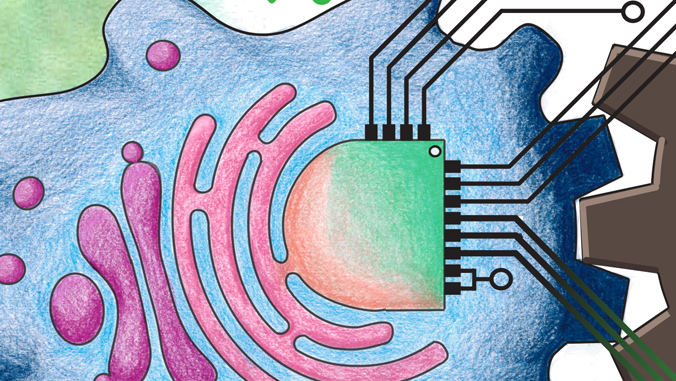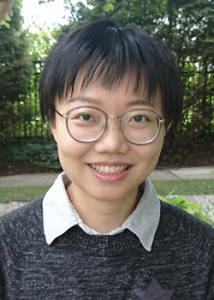
A University of Hawaiʻi at Mānoa researcher is working on cutting-edge technology that could lead to advancements in synthetic living matter (for example, artificial cells and growing proteins on demand), bottom-up materials design (for example, nanotechnology and photonic crystals) and more.

College of Engineering (COE) Assistant Professor Chrisy Xiyu Du, and a team of researchers from Harvard University, Google and OpenAI created a new computational toolbox to design materials that are easy to work with but still able to create complex functional materials.
“With our new model, we can design materials that have very specific and useful properties, making them ideal for cutting-edge technologies,” said Du, of the COE Department of Mechanical Engineering. “This could lead to advancements in areas like medical implants, environmental cleanup and high-tech electronics.”
Complex functional materials have specific properties or abilities, such as conducting electricity, changing shape or healing themselves. Du and her team are working on ways to design these materials quickly and accurately.
The model uses small, simple building blocks called patchy particles, which are made up of tiny spheres modeled as rigid bodies. These tiny spheres can interact with each other in specific ways (using patches that stick together). This method strikes a balance between simplicity and complexity, enabling the design of materials with rich, functional properties that were previously challenging to achieve.
The research findings were published in Proceedings of the National Academy of Sciences in June 2024.

